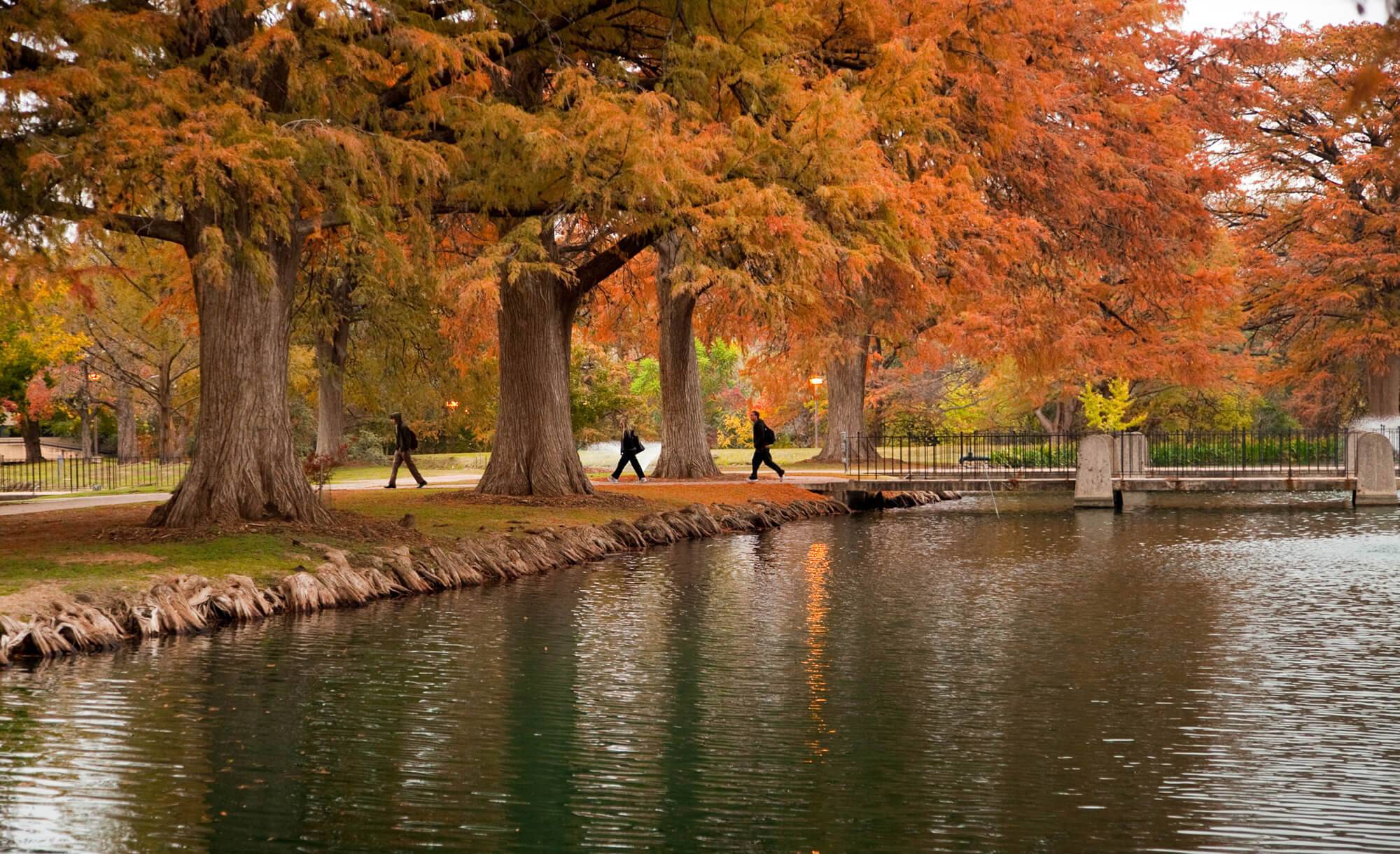Chris Lintz
Chris Lintz
Research Associate
Email | chrisirenelintz@gmail.com
 I am an archeologist with 57 years of field experience including 36 years as director of archeological projects in 17 states and in Puerto Rico. I bring a cultural ecological perspective to archeological problems mostly focused on the southern Plains cultures of the past 2,500 years in Oklahoma and Texas. I have participated in a series of multidisciplinary investigations that have contributed to reconstructing paleoenvironmental conditions and examining the Late Prehistoric cultural responses to environmental fluctuations as reflected by changes in architecture, settlement and community patterns, prehistoric conflicts and intensification of regional exchanges. As a Research Associate at Texas State University, I am primarily conducting new research and publishing results of various investigations.
I am an archeologist with 57 years of field experience including 36 years as director of archeological projects in 17 states and in Puerto Rico. I bring a cultural ecological perspective to archeological problems mostly focused on the southern Plains cultures of the past 2,500 years in Oklahoma and Texas. I have participated in a series of multidisciplinary investigations that have contributed to reconstructing paleoenvironmental conditions and examining the Late Prehistoric cultural responses to environmental fluctuations as reflected by changes in architecture, settlement and community patterns, prehistoric conflicts and intensification of regional exchanges. As a Research Associate at Texas State University, I am primarily conducting new research and publishing results of various investigations.
My current research focuses on the Late Prehistoric acquisition, shaping and spread of Alibates flint trade blanks and caches across the region from New Mexico, Oklahoma, Kansas and Texas. Contrary to previous exchange models, most of the Alibates flint is being exchanged with contemporaneous cultures in south-central Kansas, rather than the Puebloan cultures in New Mexico. Detailed distribution studies of decorative motifs on Plains cord marked pottery hold the key for mapping prehistoric interactions that provide insight into regional interactions and flint exchanges.
The scarcity of decorative Antelope Creek phase pottery near the Alibates flint quarries relative to the abundance of decorated cord marked ceramics in a crescent-shaped region from the Oklahoma panhandle southeastward through the Buried City Complex, and south to sites near Matador in Motley County, suggests that sites near the Alibates quarries were buffered from larger regional impacts, especially from Bluff Creek, Pratt and Wilmore complexes in south-central Kansas which also reflect decoration motifs on their cord marked pottery. The presence of much larger houses in the Buried City complex along Wolf Creek (one of only two sweet water drainages flowing towards the east), raises the possibility that the Buried City Complex, and possible large sites like Stamper in the Oklahoma panhandle might represent Late Prehistoric rendezvous trade centers. Development and testing of the distribution of cord marked decorative motifs validated by INAA studies of ceramic paste should illuminate regional trading relations across the region and perhaps document the nature of Antelope Creek regional abandonment after 1450/1500.
